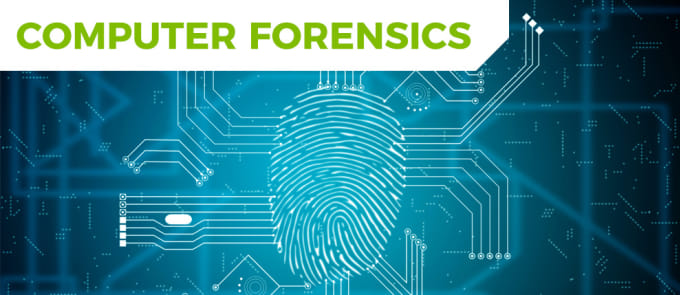Burning and writing the entire or element of this informative article is registered solely under the phrases of the Creative Commons – Attribution Non-Commercial 3.0 certificate
There are several aspects of offense or challenge wherever pc forensics can not be applied. Police agencies have already been among the initial and largest customers of pc forensics and therefore have often been at the front of developments in the field. Pcs might constitute a’world of an offense ‘, like with coughing [ 1] or refusal of support attacks [2] or they might maintain evidence in the shape of e-mails, net history, papers and other documents strongly related violations such as murder, kidnap, fraud and drug trafficking. It is not merely the information of e-mails, documents and other files which can be of fascination to investigators but also the’meta-data'[3] connected with these files. Some type of computer forensic examination might reveal when a record first appeared on some type of computer, when it was last edited, when it absolutely was last stored or printed and which consumer moved out these actions.
For evidence to be admissible it should be trusted and perhaps not prejudicial, and therefore at all stages of this method admissibility should be at the forefront of a computer forensic examiner’s mind. One set of recommendations that has been widely accepted to help in this is the Association of Chief Police Officers Excellent Practice Guide for Computer Centered Electronic Evidence or ACPO Manual for short. Even though the ACPO Manual is targeted at United Kingdom police its major concepts are applicable to all or any pc forensics in whatever legislature. The four main axioms out of this manual have already been reproduced below (with recommendations to law enforcement removed):
Number action must modify knowledge presented on a computer or storage media which can be subsequently depended upon in court. In conditions the place where a individual finds it essential to access unique knowledge held on a computer or storage press, that person should be competent to take action and manage to give evidence describing the relevance and the implications of these actions. An audit path and other report of most operations applied to computer-based digital evidence must certanly be developed and preserved. An independent third-party should manage to study those processes and obtain the exact same result.
The individual in control of the investigation has over all duty for ensuring that what the law states and these axioms are stuck to. In summary, number changes should be designed to the first, nevertheless if access/changes are necessary the examiner have to know what they’re performing and to history their actions. Concept 2 above may possibly enhance the problem: In what situation would changes to a suspect’s pc by way of a computer forensic examiner be necessary? Usually, the computer forensic examiner will make a copy (or acquire) data from a device which will be made off. A write-blocker[4] will be used to produce a defined bit for touch duplicate [5] of the original storage medium. The examiner would work then out of this replicate, causing the initial demonstrably unchanged detección de programas espia.
However, it is sometimes not possible or fascinating to switch a pc off. It might not be probable to change a computer down if this would result in substantial economic and other loss for the owner. It may not be desired to change a pc down if doing this might mean that probably valuable evidence might be lost. In both these circumstances the pc forensic examiner would need to hold out a’stay purchase’which will require running a tiny plan on the imagine computer in order to duplicate (or acquire) the information to the examiner’s hard drive.
